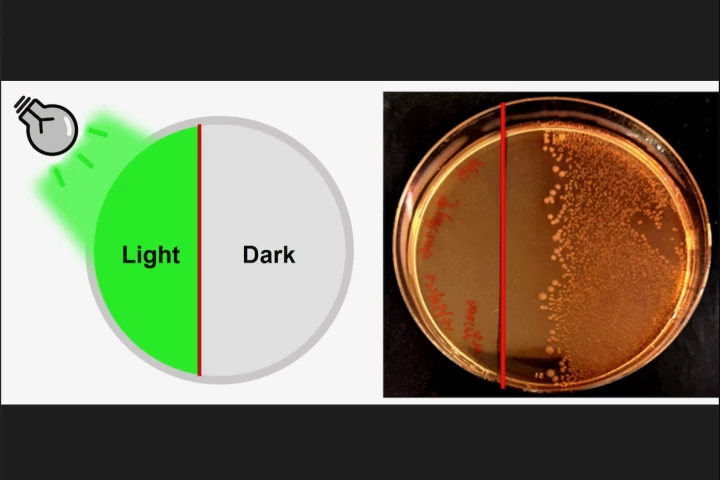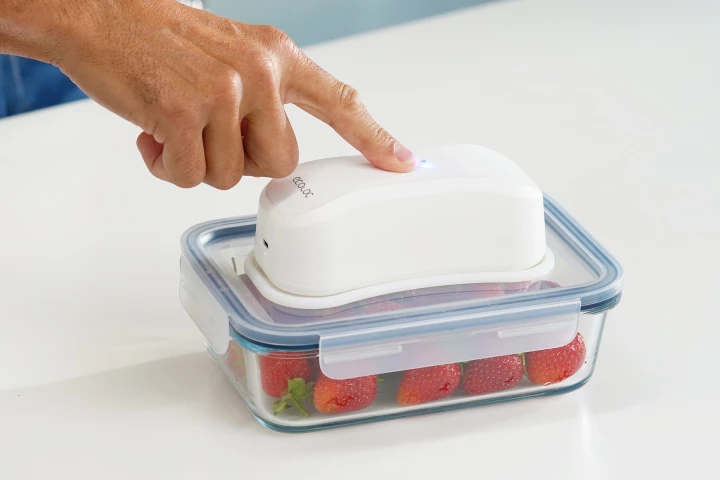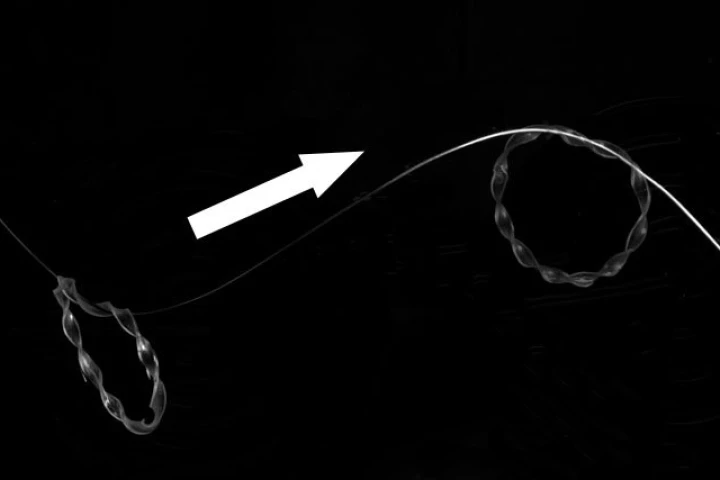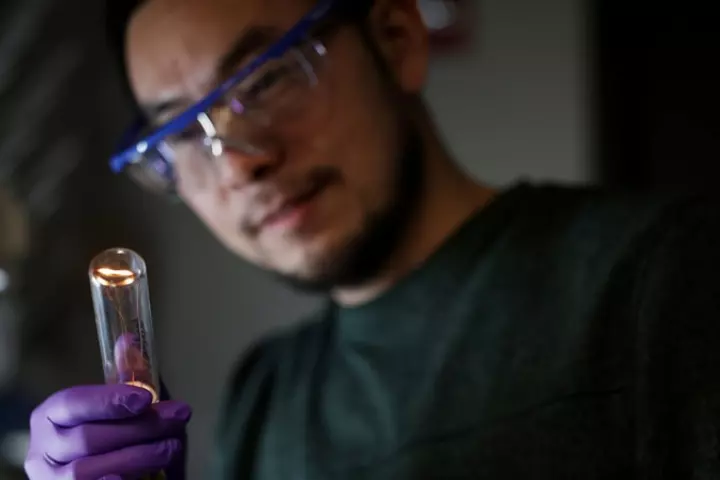Light
-
The oceans are losing their light – and with it, possibly their life. A new study reveals more than 20% of the Earth's ocean, an area larger than Asia, has darkened over the last two decades.
-
As unspent antibiotics pass from our bodies, they contribute to the development of antibiotic-resistant bacteria. Scientists are addressing this problem with a new technology which causes such drugs to only become active upon exposure to green light.
-
Nitecore's all-new flagship EDC37 launches an 8,000-lumen strategical attack on darkness from a slim, blade-like package that fits in the palm of the hand. The full power burst won't last long, but you will enjoy over 7 hours of four-figure lumens.
-
While 3D printing is a burgeoning technology, it's limited by the fact that items can only be printed from a single material. A new system still uses just one print resin, but that substance can form into two different solid materials as needed.
-
Ultraviolet light is well-known for its ability to kill germs, including ones that cause food to spoil. And while there doesn't tend to be any food-preserving UV light in our refrigerators, a new consumer device is out to change that.
-
Cable cars are handy for transporting cargo up mountain slopes, but what if you want to do the same sort of thing on a smaller scale? Well, you could try using a tiny new light-powered robot, which is cable of carrying items up thin mid-air tracks.
-
Mobile tech company Oukitel made a splash at CES last month with what's claimed to be the first 33,000-mAh rugged smartphone with a built-in projector. Now the WP100 Titan adventure toolkit has launched on Kickstarter.
-
Nitecore has been quickly growing a lineup of remote control-like flashlights with serious outputs and slim, packable designs. The new EDC29 Luminblade is the most powerful of them all, more than doubling the output of older slimline EDC models.
-
Among the important scientific discoveries made every year are some that reveal that the world is way weirder than we give it credit for. From bizarre biological quirks that cause demonic hallucinations, to sci-fi scenarios like brains piloting robots and full head transplants, here are the weirdest science stories of 2024.
-
Forget LEDs, researchers from the University of Michigan have developed a new type of incandescent light bulb. The device is capable of emitting elliptically polarized light, described as "twisted" light.
-
Imagine a glow-in-the-dark designer desk, or wooden fence posts that guide you home with their eerie light. Scientists in Switzerland have developed a way to make glowing wood, with the help of a fungus.
-
The first direct visualization of the shape of a photon has been created. These particles of light are impossible to photograph, but UK physicists have now calculated their wave function to produce an accurate image of a photon as it’s emitted.
Load More











